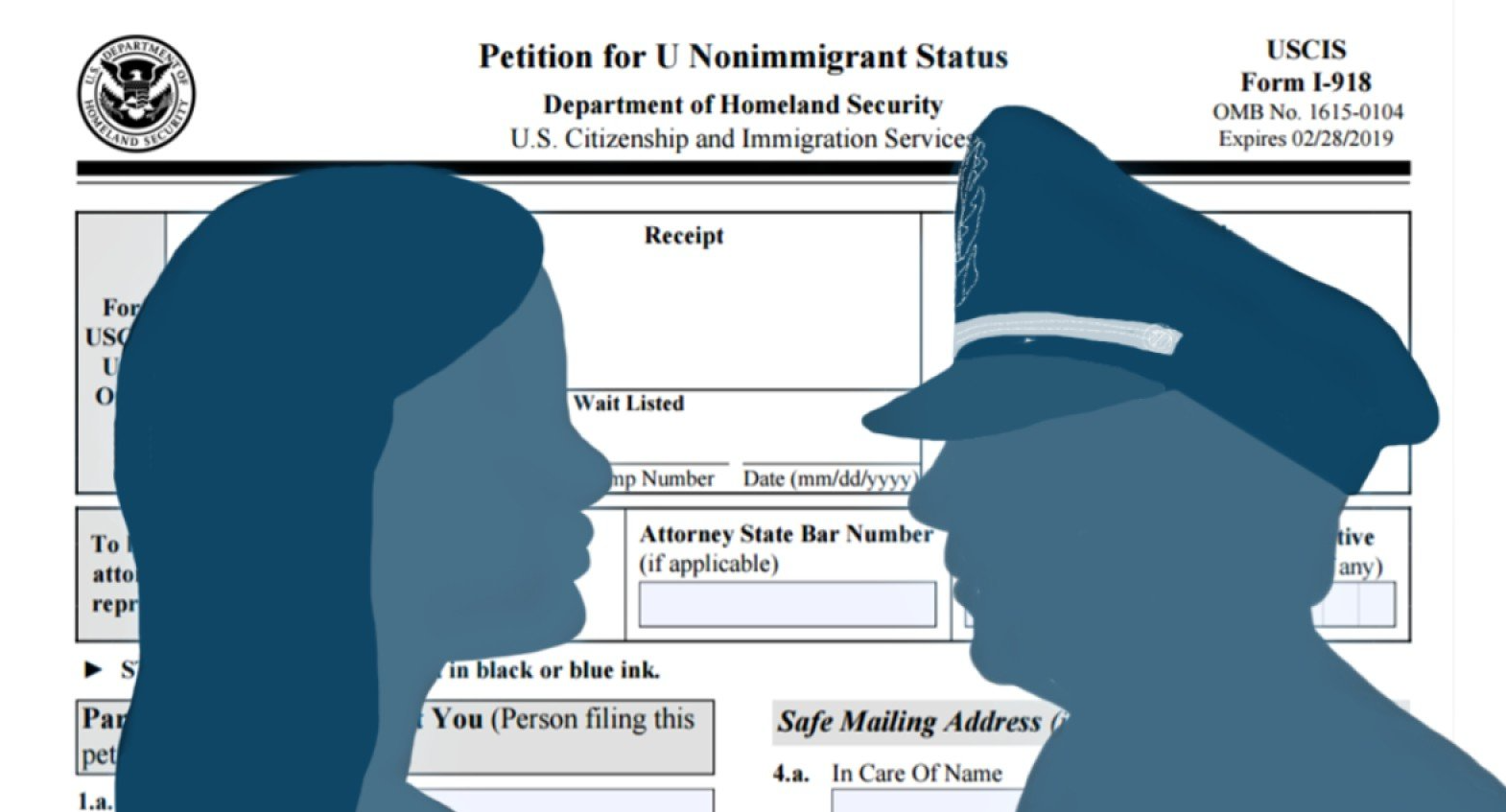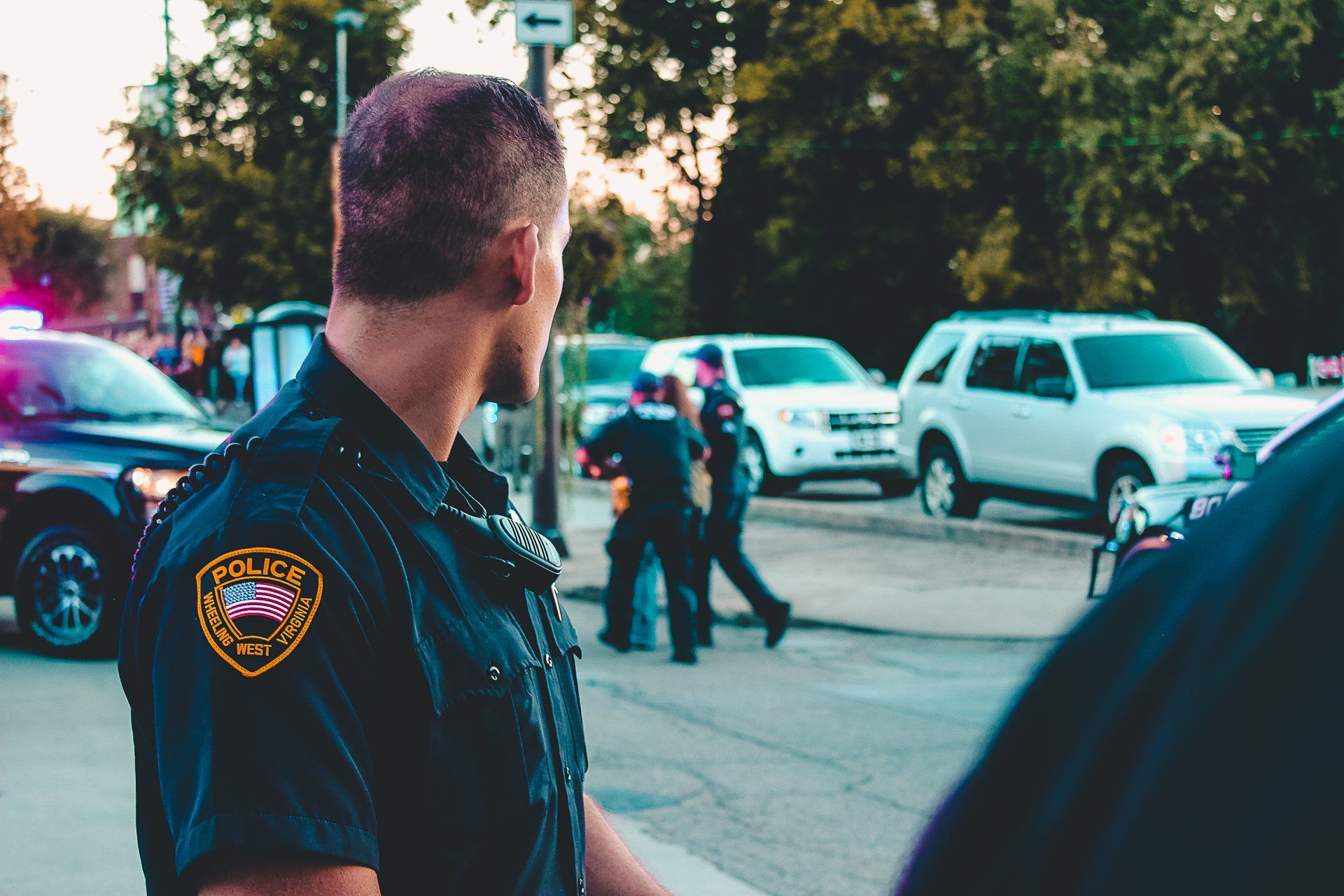O que acontece depois que você protocola a petição do visto U?
Santos Lloyd Law Team • January 5, 2023

Leia este blog! Ele explica sobre o visto U. Quemé elegível e o que acontece depois que a petição do visto U é entregue.
Quanto tempo tenho que esperar pela decisão?
Em junho de 2021, o tempo de espera para receber a decisão em um visto U era de aproximadamente 5 anos. O tempo de processamento provavelmente será mais longo para quem aplicar em 2022, porque existe um grande atraso na análise das petições.
Por que demora tanto?
Os Serviços de Cidadania e Imigração Americano (USCIS) tem um limite de 10 mil vistos por ano, mesmo tendo milhares de pessoas que aplicam para ele todo ano. Quando o limite é atingido, os requerentes que sobraram são colocados em uma lista de espera, criando o atraso que chega a ser de aproximadamente cinco anos.
Posso trabalhar enquanto meu visto U está pendente?
Devido ao atraso no processamento das aplicações, o USCIS pode emitir autorizações de trabalho para os que estão aguardando uma decisão final de suas petições do visto U. Uma vez dada a autorização de trabalho, você pode trabalhar enquanto espera a decisão. A autorização de trabalho tem validade de quatro anos, mas pode ser renovada até que a petição do visto U seja julgada.
Eu posso ser deportado enquanto minha aplicação está pendente?
Semelhante à autorização de trabalho, os candidatos podem aplicar para uma “ação diferida” que dura quatro anos, mas pode ser estendida até o visto U ser decidido. “Ação diferida” não é um status imigratório, mas permite ao USCIS lhe dar a autorização de trabalho para que trabalhe legalmente enquanto espera a decisão do seu visto U. Com a ação diferida, o governo o considera ser de baixa prioridade a sua deportação, tornando-a menos provável.
Quanto tempo leva para minha autorização de trabalho e ação diferida serem concedidas?
Pode levar muitos anos antes da sua aplicação para a autorização de trabalho/ação diferida serem concedidas, por causa do atraso na análise dos vistos U. Consequentemente, você não terá a autorização de trabalho ou qualquer status legal ou proteção contra a deportação enquanto elas estiverem pendentes.
Se meu visto U for negado, eu serei deportado?
Se o USCIS negar seu visto U, seu status continua o mesmo que o antes de aplicar. A negação irá automaticamente acionar procedimentos de remoção.
Se meu visto U for aprovado, quando poderia aplicar para residente permanente legal (green card)?
Você precisa ter um visto U por três anos, antes de poder aplicar para a residência permanente legal. Para ser elegível para a residência permanente, os seguintes critérios se aplicam:
- Você precisa estar nos Estados Unidos por um período contínuo de pelo menos três anos, desde a data que o seu visto U foi concedido. Um “período contínuo” significa que você não pode sair dos Estados Unidos por 90 dias seguidos ou por 180 dias no total, durante os três anos.
- Se a polícia pedir para você cooperar em alguma investigação criminal ou algum caso, após seu visto U ser concedido, você precisa ajudar.
- Sua presença contínua nos Estados Unidos é “justificada por razões humanitárias, para assegurar a unidade familiar, ou por ser de interesse público”. Essa é uma decisão do governo. Mas se você não tiver ficha criminal ou violações imigratórias passadas, provavelmente será considerado “de interesse público” você continuar nos EUA.
Quanto tempo demorará para o USCIS analisar minha aplicação para green card?
Levará aproximadamente dois anos, mas o prazo está sujeito a mudanças. Enquanto espera pela decisão, o USCIS estenderá seu visto U e autorização de trabalho.
Se quiser mais informações sobre como aplicar para o visto U, entre em contato com a Santos Lloyd Law Firm e nosso talentoso time de experientes advogados lhe ajudará.
Este blog não se destina a ser um aconselhamento jurídico e nada aqui deve ser interpretado como estabelecimento de uma relação cliente-advogado. Por favor, agende uma consulta com um advogado de imigração, antes de agir baseado em qualquer informação lida neste blog.
Similar Posts

The U nonimmigrant status (U visa) offers vital protection and legal relief to victims of certain crimes who have suffered mental or physical abuse and are willing to assist law enforcement in the investigation or prosecution of the crime. U visa recipients are granted a work authorization card and can live and work legally in the United States for up to four years, with a path to lawful permanent residency (green card) after having a U visa for three years. The U visa serves as a beacon of hope for survivors of crime who courageously step forward to help law enforcement while navigating their own recovery. Understanding the eligibility criteria and gathering the right documentation is essential to building a strong case. To qualify for a U visa, an applicant must meet all of the following criteria: 1. Victim of a Qualifying Crime You must have been a victim of a qualifying criminal activity , such as: Domestic violence Sexual assault Human trafficking Kidnapping Felonious assault Extortion Witness tampering Other serious offenses A full list of qualifying crimes is provided by U.S. Citizenship and Immigration Services under INA § 101(a)(15)(U). See also: https://www.uscis.gov/humanitarian/victims-of-criminal-activity-u-nonimmigrant-status . 2. Suffered Substantial Physical or Mental Abuse You must demonstrate that you suffered substantial harm as a result of the crime. This may include: Physical injuries Psychological trauma Lasting emotional distress 3. Helpful to Law Enforcement You must be, have been, or are likely to be helpful in the investigation or prosecution of the crime. This includes: Reporting the crime to authorities Cooperating with police or prosecutors Providing information that aids law enforcement efforts A law enforcement certification (Form I-918, Supplement B) is required as proof of this cooperation. 4. The Crime Occurred in the U.S. or Violated U.S. Laws The criminal activity must have: Taken place in the U.S., its territories, or possessions, and Violated U.S. federal, state, or local laws Applicants must also be admissible to the United States. If you are not, based on your immigration history, you may request a waiver using Form I-192 (Application for Advance Permission to Enter as a Nonimmigrant) . Certain qualifying family members may be included in your U visa petition: If you are under 21 years old: Your parents, unmarried siblings under 18, spouse, and children may be eligible to apply with you. If you are 21 years or older: Your spouse and children may qualify to apply with you. Each derivative must meet specific requirements and file appropriate forms. If you have any questions or would like to know more about the U visa eligibility requirements, contact our office to schedule a consultation with one of our experienced immigration attorneys.

Once you have connected with a college program, have been admitted to the school, and deemed eligible to compete athletically, you will need to secure an F-1 student visa in order to actually attend your new college and begin your time as a student athlete. The first step in the visa process is to receive your Form I-2

For many talented athletes around the world, U.S. college athletics represent a remarkable opportunity to combine elite athletic competition with higher education. In sports such as basketball, soccer, track and field, and tennis, among others, hundreds of colleges and universities across the United States offer struct

Under the new regulation, if a person filed or files Form I-589, Application for Asylum and for Withholding of Removal after October 1, 2024, and the application remains pending with USCIS for 365 days, the applicant must pay an Annual Asylum Fee (AAF) on the one-year anniversary of his or her filing date.




